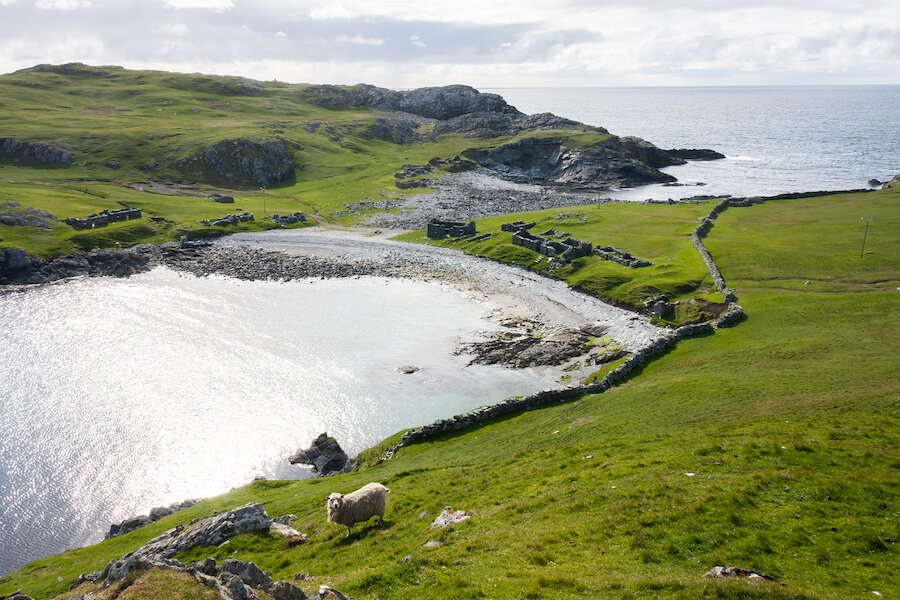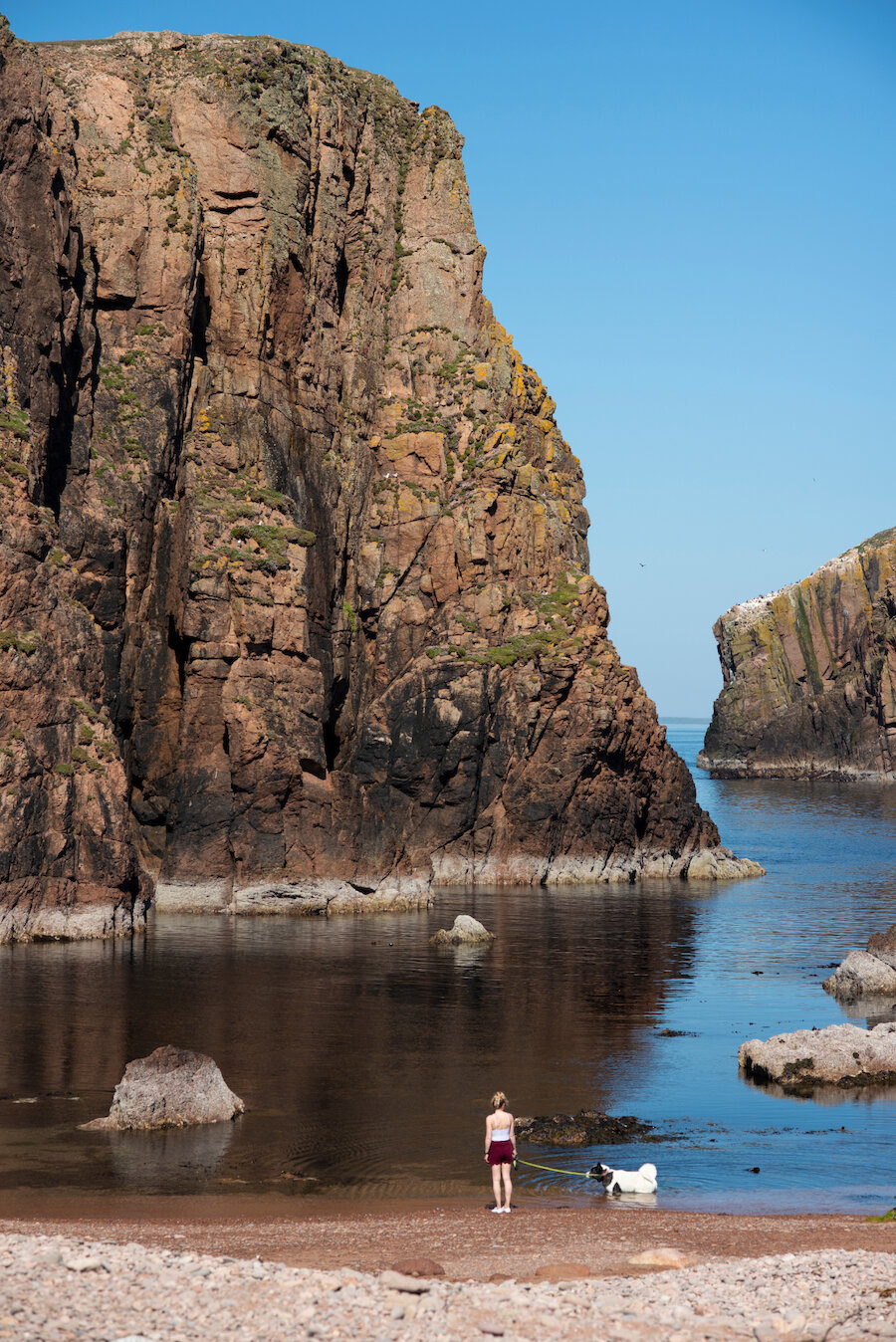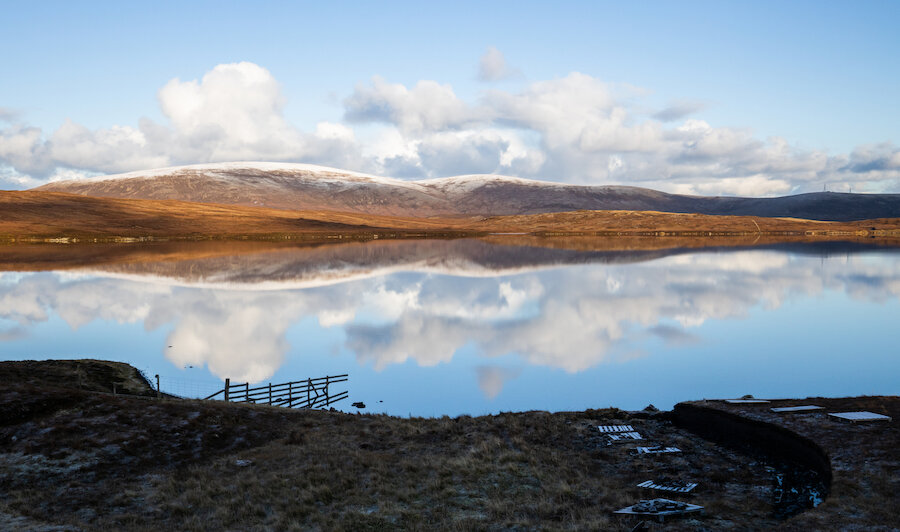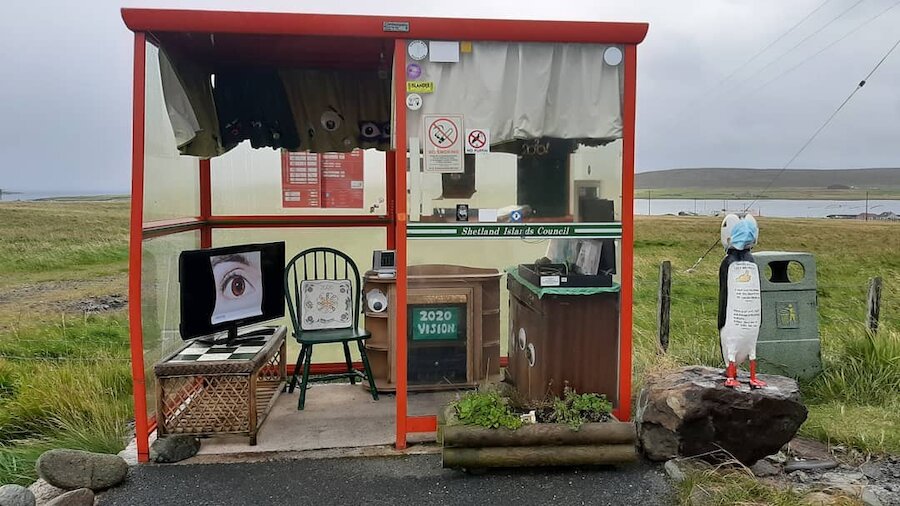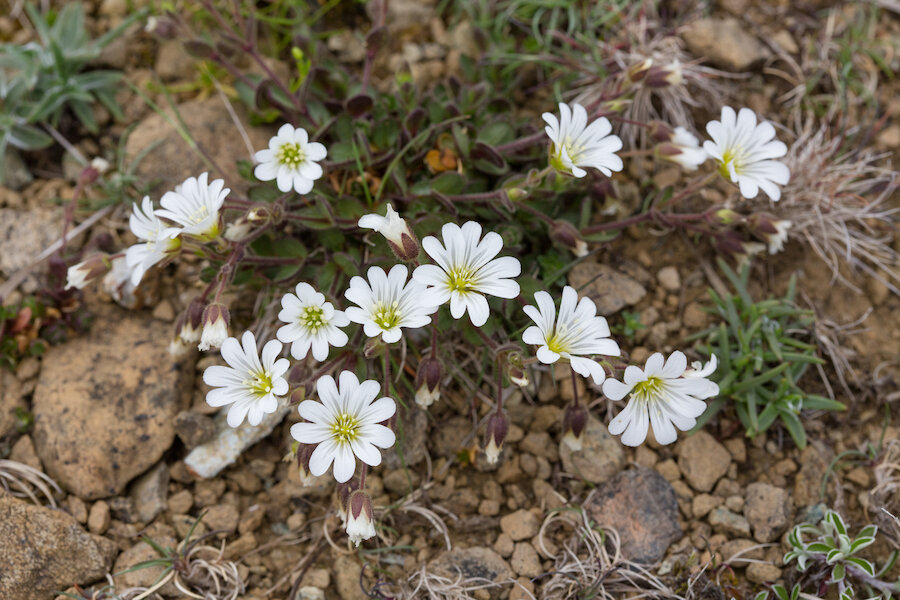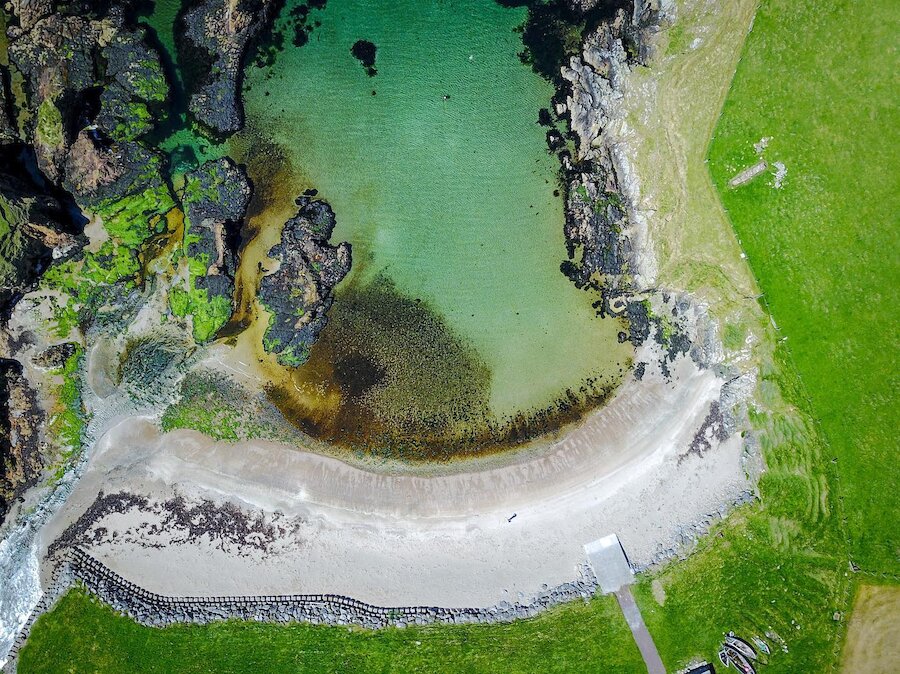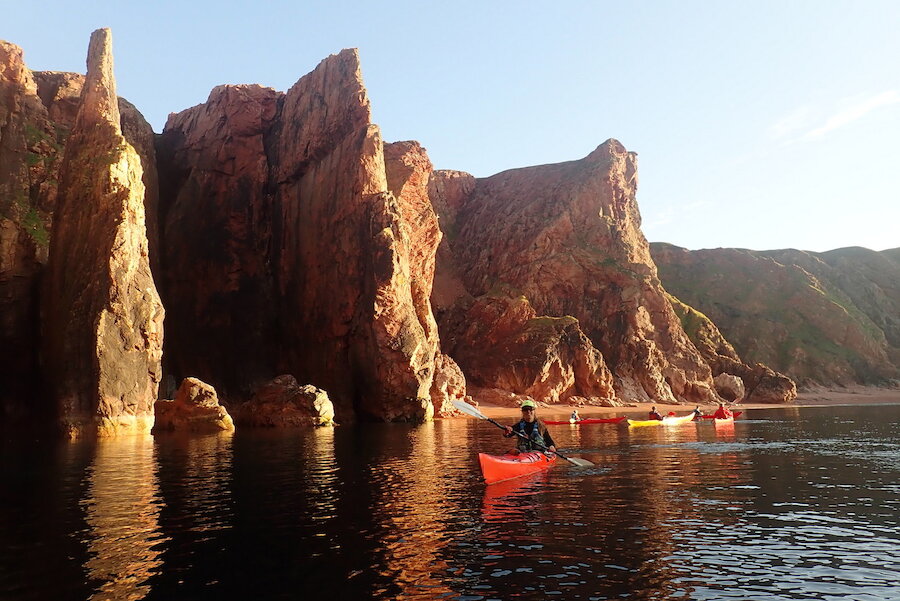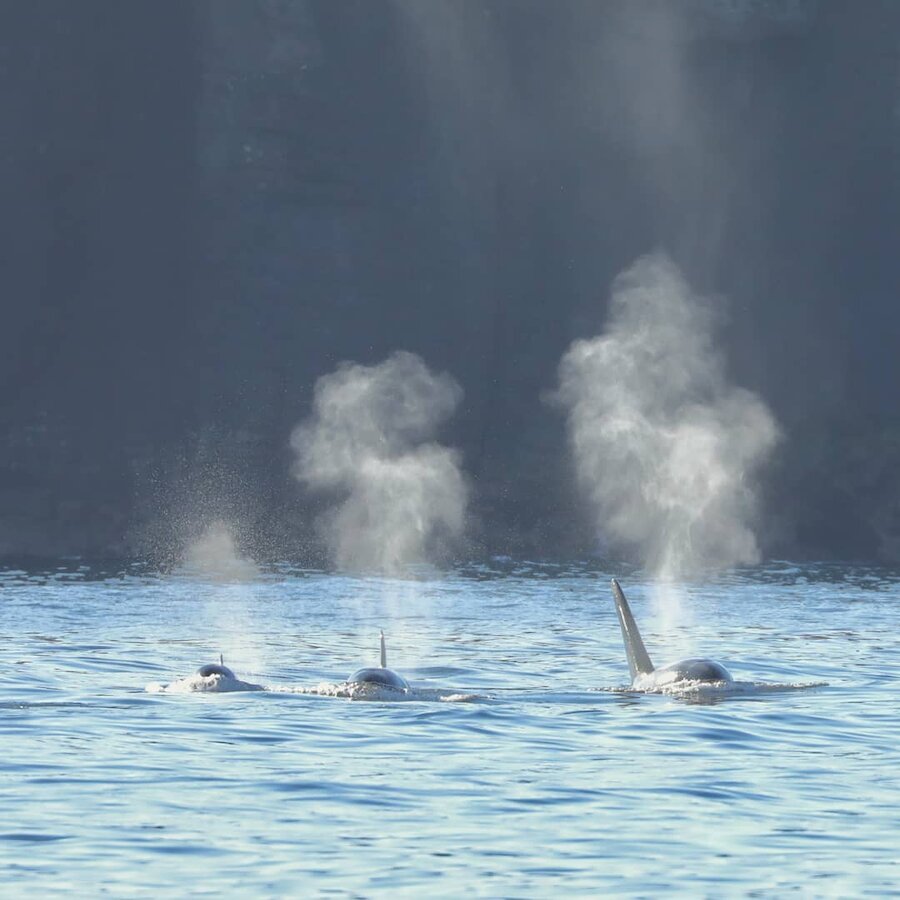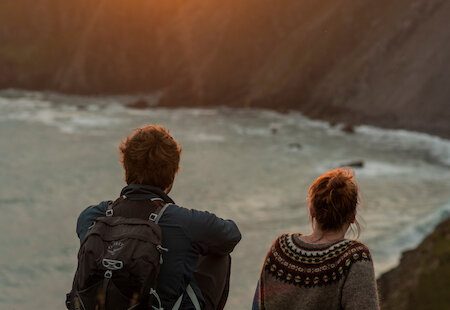21. Find ancient remains at Fethaland
The walk to Fethaland, a peninsula at the northernmost edge of the Shetland Mainland, is one of Shetland’s classic hikes – a five-hour circular route of steep cliffs and uninterrupted nature, but also fascinating history. On the way north, you pass the Kame of Isbister, a dramatic sea stack that’s home to a set of mysterious structures thought to have been a Pictish monastery. Near the northern edge of the walk, you’ll come across the remains of a series of ancient stone fishing lodges, from the Viking days when Fethaland was one of Shetland’s biggest fishing stations. Six-oared sixareens would head out to fish at “Da Far Haaf”, the edge of the Continental shelf 50 miles west, then process the fish here – meaning there are still ancient fish bones strewn around the place. Nearby, on the way to the lighthouse at the end of the peninsula, there’s an Iron Age brochs, and the outline of a Neolithic house. For all the wildness, there’s a tangible sense of what was once here.
